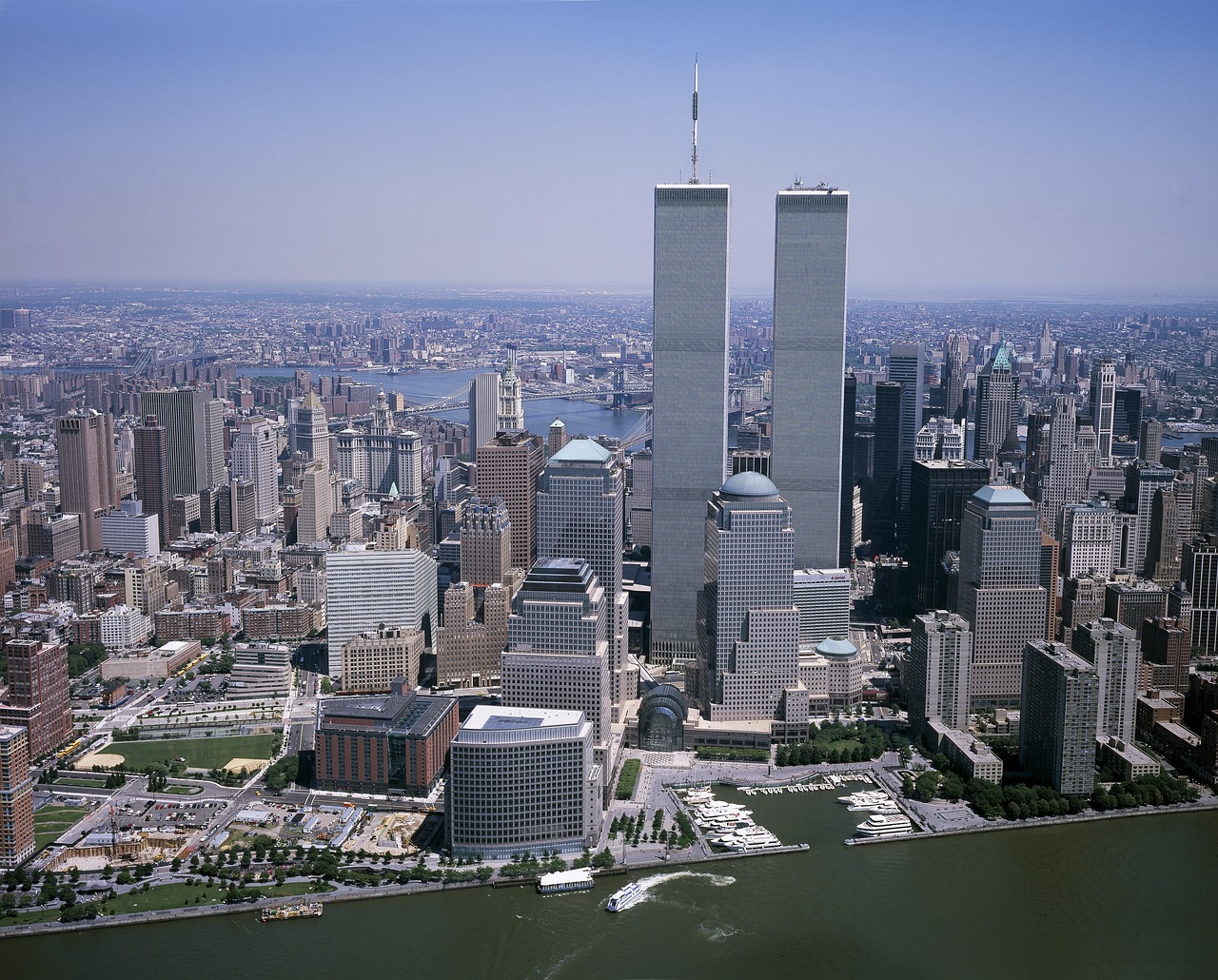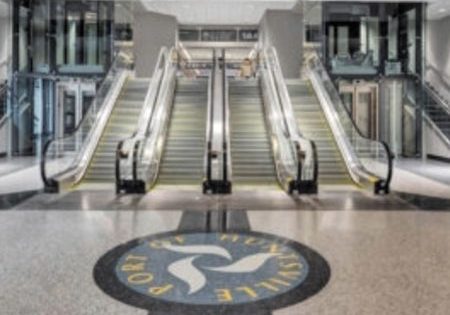Elevator OEO Code Borne of Tragedy of 9/11
One of the most haunting lessons of 9/11 was how slowly stairs moved people down and out of World Trade Center’s twin towers in NYC, with elevators at the time “locked out by decades of safety codes and public messaging” stressing that no one should ever use an elevator in a fire, Propmodo reports. Many believed that, had elevators been an option, more lives could have been saved. The tragedy forced a “reckoning” in the building industry, with the long process of creating a new framework — namely Occupant Evacuation Operation (OEO) codes — undertaken by regulators, fire safety officials and elevator companies. The process was expensive and technically demanding, requiring elevator shafts to be reinforced to withstand fire and water, electrical systems to be strengthened and lobbies outfitted with fire-resistant walls and smoke-control systems. “It was a wholesale rethink of how vertical transportation could serve during a crisis,” the source observed. Schindler Director of Digital Projects Christopher Mason was among experts who helped write the new codes. He said part of the shift involved a psychological — rather than a structural — change, with blaring fire alarms of yesteryear transitioning to voice messages with clear instructions on which elevators to use and when the units would arrive on a given floor. Thanks to OEO, “elevators are no longer forbidden in emergencies,” the source observed. “They are being reimagined as vital arteries for evacuation.”
Get more of Elevator World. Sign up for our free e-newsletter.









